Famous Samurais: The 10 Greatest Japanese Swordsmen

What’s in this article?
Discipline. Valor. Honor. Dauntless bravery. Japanese swordsmen emerged as some of the most potent forces witnessed in global history. Despite their formidability and ferocity in warfare, these famous samurais were poets as much as they were warriors, championing a stern moral code, a profound love for beauty, and a peaceful worldview.
Embark on a journey to learn about the 10 greatest Japanese samurais warriors through epic duels, trace their origins from the expanses of Honshu to the labyrinthine structures of the imperial court, and learn how they navigate the political landscape consisting of powerful feudal lords (daimyo) who held sway over Japan’s most formidable warriors.
1. Miyamoto Musashi (1584 – 1645)
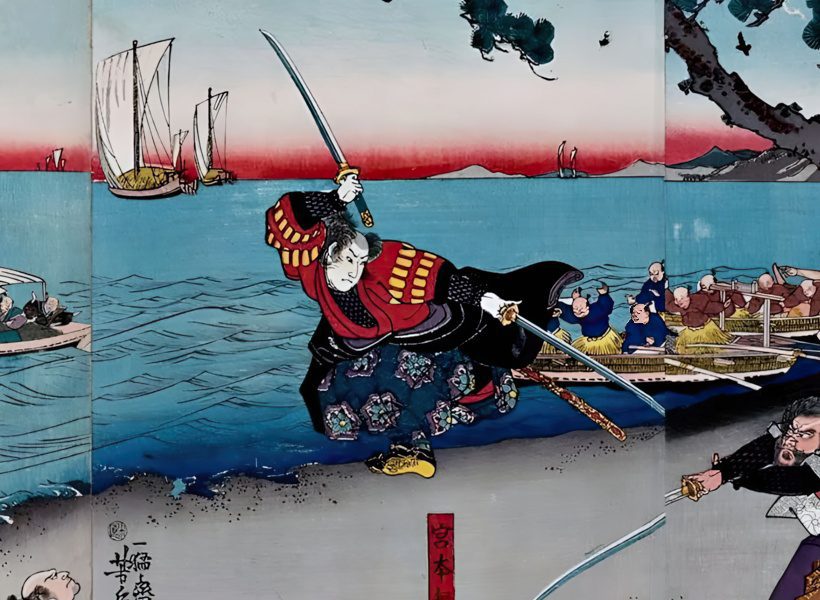
Renowned as a philosopher, strategist, and samurai swordsman, Miyamoto Musashi (宮本 武蔵) stands as a revered figure in Japanese history and a celebrated Kensei Katana martial arts master.
Known by various names including Miyamoto Bennosuke, Shinmen Takezo, and Niten Doraku, Musashi was a product of Japan’s tumultuous Sengoku era, leaving his mark during the culturally rich Tokugawa Edo Era. Musashi’s journey as a swordsman began under his father’s tutelage, Munisai, a formidable Samurai himself. By the tender age of 13, Musashi had already claimed his first victory in a duel against the skilled swordsman, Arima Kihei.
Throughout his life, Musashi embodied the spirit of the wandering masterless samurai or ronin, traveling across Japan and engaging in duels with the most formidable warriors of his time.
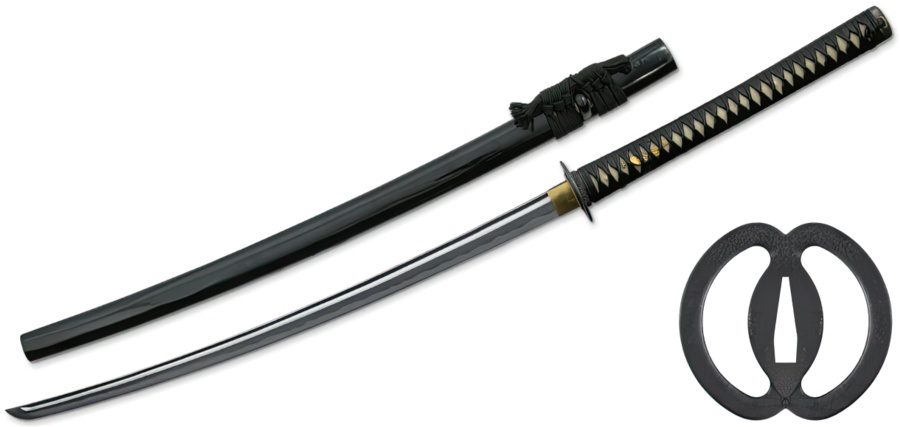
It’s believed that by 29, he had won over 60 deadly duels. Post 30, he served as a highly respected military strategist and swordmaster for various Japanese clans.
Apart from his unrivaled prowess in duels, Musashi participated in three pivotal wars in Japanese history—the Battle of Sekigahara, the Battle of Osaka, and the Shimabara Rebellion. He was also a gifted artist, leaving behind a legacy of zen brush paintings, wood sculptures, and calligraphy, including his widely recognized works, Dokkodo (The Path of Loneliness) and The Book of Five Rings.
2. Oda Nobunaga (1534 – 1582)
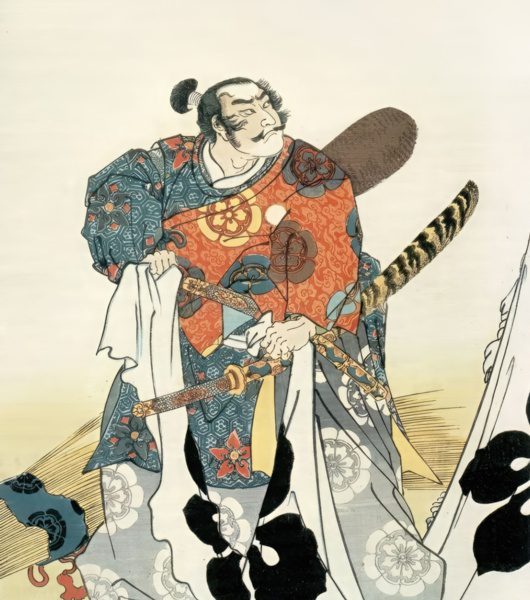
Emerging as one of the key unifiers of Japan, Oda Nobunaga faced a uniquely challenging path. He was the pioneering force in an era teeming with enemies on all sides. Nobunaga’s track record included both victories and defeats, with the battles of Okehazama and Nagashino standing out as some of the most significant.
In the tumultuous period of Sengoku Jidai, Nobunaga, an underdog from the fractured province of Owari, worked his way up to unify his homeland. Despite facing enemy forces that vastly outnumbered his own, he ingeniously turned the tides in his favor by following the samurai swordsmanship code.

With his leadership, he set out to end the warring states civil war period and bring an end to all of the warlords who were roaming around.
Oda Nobunaga was a revolutionary samurai leader who altered the very landscape of samurai warfare. He successfully introduced and propagated the use of gunnery tactics among his troops, significantly enhancing their battle strategies. A true samurai, he was an innovator who often defied conventional wisdom. His tactical prowess and leadership laid the groundwork for his successors to bring about the complete unification of Japan.
3. Sanada Yukimura (1567 – 1615)
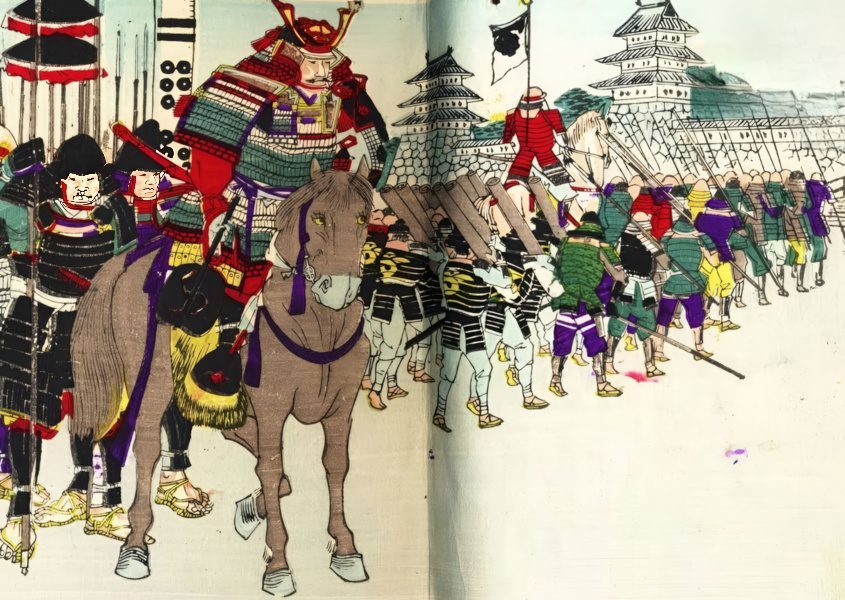
Sanada Yukimura, known alternately as Sanada Nobushige, spent his early years as a hostage, first to the Uesugi clan, and later to Toyotomi Hideyoshi, to whom his father has pledged allegiance to. These challenging circumstances, however, would only serve as a prelude to his rise as one of Japan’s most successful samurai warriors.
In fact, Yukimura might have demonstrated his martial prowess even as early as the conquest of Kyushu, where he engaged in fierce combat against the formidable Shimazu clan. His valor in the Imjin War facing the Koreans earned him the prestigious titles of “the number one warrior of Japan” and “a hero that arises once in a hundred years.”

Yukimura found himself on the opposing side of another renowned samurai leader, Tokugawa Ieyasu. His notable victory at the Siege of Ueda (1600) against a substantial enemy force played a significant role in altering the course of the war. After a 14-year exile, Yukimura returned to aid the Toyotomi heir at Osaka Castle.
Here he made his final stand, defending the castle to his last breath. During this conflict (1614/1615), Yukimura staged one final daring charge, nearly killing the enemy leader amidst his entire army.
Having grown weary from the long fighting, it is said that the master swordsman Yukimura sat on a stool and asked “Who dares to take my head” while he was surrounded. Even today, Sanada Yukimura is held in high regard as a symbol of resistance, celebrated for his unwavering adherence to the samurai code of honor and loyalty till his dying breath.
4. Honda Tadakatsu (1548 – 1610)
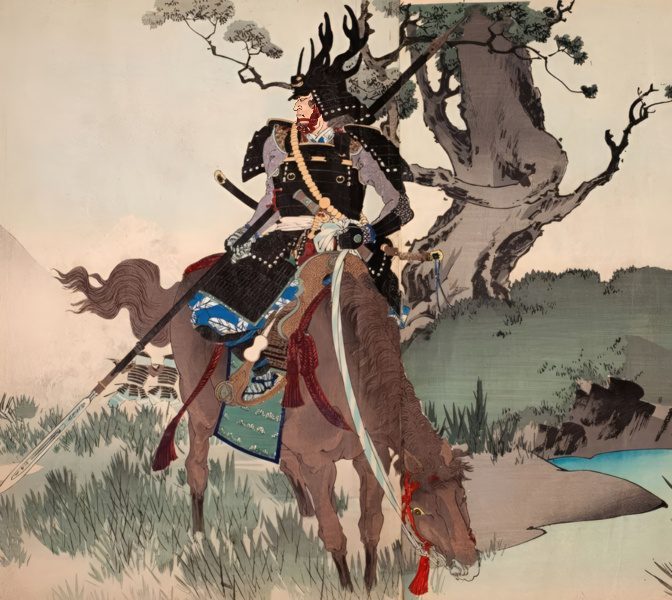
Born in Okazaki, Mikawa (modern-day Aichi Prefecture), Honda Tadakatsu, or Heihachiro, was a formidable warrior and one of Tokugawa Ieyasu’s top four generals. His name, humorously translating to “Just Win,” perfectly encapsulated his formidable reputation on the battlefield.
Tadakatsu served as a critical asset to Ieyasu during major battles such as Okehazama, Anegawa, Mikatagahara, Nagashino, Komaki Nagakute, and Sekigahara. His audacious confrontation with Toyotomi Hideyoshi’s forces during the Komaki Campaign is a testament to his brave and tactical prowess.
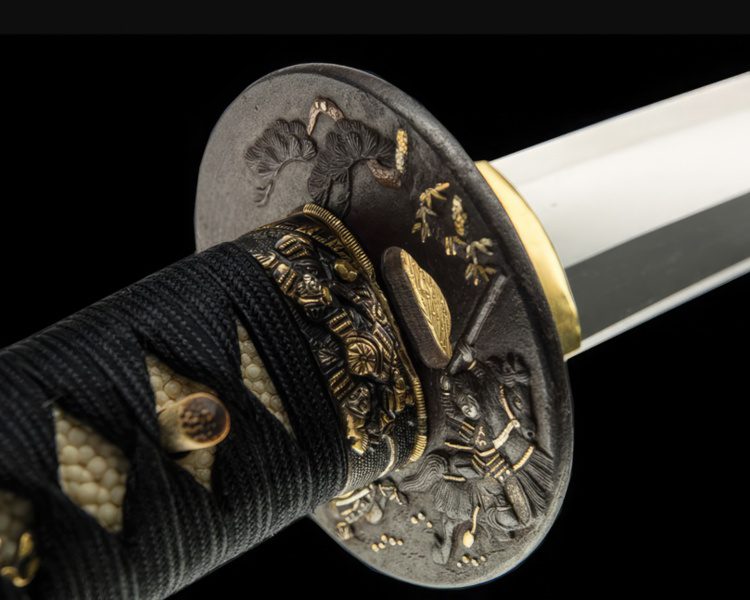
Notably praised by Oda Nobunaga as a “samurai among samurai,” Tadakatsu was highly regarded by his peers. Tadakatsu’s distinctive deer antler-fitted helmet on top of his black armor was a visual spectacle on the battlefield, making him extremely unique.
Even at the age of 57, during the Battle of Sekigahara, Tadakatsu showcased his undying warrior spirit. Despite his horse being shot down, he continued to fight valiantly. Known as “The Warrior who surpassed Death itself,” Tadakatsu remarkably never suffered a significant injury in over 55 battles. He eventually met his end when he was 63 in the year 1610, not in battle, but from a self-inflicted woodcarving accident.
5. Minamoto Yoshitsune (1159 – 1189)

Born in 1159, Minamoto Yoshitsune is an iconic figure in Japanese history whose military victories significantly contributed to his half-brother Yoritomo’s ascension to power in Japan. His daring exploits, coupled with his unwavering loyalty to his faithful follower Benkei, have etched Yoshitsune into the annals of Japanese lore, inspiring countless stories, kabuki plays, novels, and films.
Yoshitsune, the son of the slain Minamoto Yoshitomo, was spared during the Heiji Disturbance and grew up in a monastery training as a Buddhist priest. A chance encounter with Benkei, another great Japanese samurai and Minamoto’s retainer, on a bridge near the monastery, ended with Benkei’s defeat, but sparked a lifelong alliance between the two.

Despite his young age, his military prowess and skill with a sword were apparent, leading to crucial victories against their cousin Minamoto Yoshinaka and subsequently, the Taira forces, establishing control over Kyoto. He quickly rose through the ranks, thanks to his fighting skills, especially in the battle of Dan-No-Ura. The emperor and the court, however, sparked Yoritomo’s jealousy, leading to a rift between the brothers.
This jealousy led to him being a refugee and on the run. However, he was eventually caught, pressured, and ordered to commit seppuku. Minamoto Yoshitsune’s journey, from a young boy in a monastery to a military genius, from a celebrated hero to a tragic figure, serves as a testament to his enduring place in Japanese history as one of the greatest samurai warriors.
6. Tokugawa Ieyasu (1543 – 1616)

A titan of Japan’s history, Tokugawa Ieyasu (1543-1616) emerged from a turbulent childhood to reign supreme as an exceptional samurai leader. His remarkable saga is a testament to sheer determination, with his diplomatic finesse and tactical prowess elevating him from an early life of captivity to the stature of a revered unifier.
Ieyasu distinguished himself in the cauldron of Japan’s volatile politics, navigating alliances with warring lords and showcasing his tactical brilliance in landmark battles such as Komaki-Nagakute and the pivotal Sekigahara. The latter, a testament to his leadership and battlefield ingenuity, turned the tide in his favor despite his forces being outnumbered, marking a decisive moment in Japanese history.
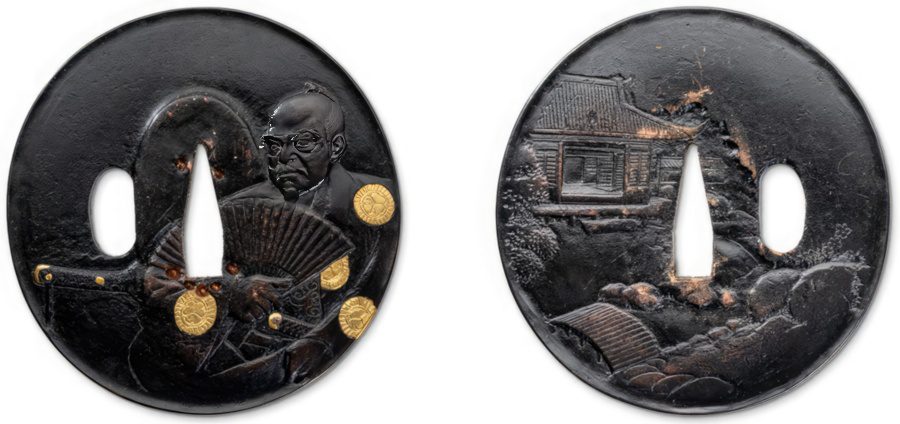
In 1603, his military triumphs culminated in his elevation to shogun, heralding the Tokugawa Shogunate and an era of peace – the Edo period. His governance emphasized harmony, setting the course for over two centuries of stability.
Yet, the essence of Ieyasu’s greatness lay in his distinctive approach to leadership. Patient, pragmatic, and strategically savvy, Ieyasu championed a vision of unification that reshaped Japan. Even amidst the tumult of battle, he demonstrated a calmness and foresight that spoke to the core principles of the samurai’s bushido code.
7. Uesugi Kenshin (1530 – 1578)

Uesugi Kenshin is known as the “Dragon of Echigo” and even “The God of War”, thanks to his brilliant and legendary skills that he used on the battlefield. Kenshin first started by saving his own clan and family from the hands of the many surrounding foes through his military knowledge and diplomacy skills. He managed to place himself on top and become the sole heir of the entire neighboring clan.
Kenshin was a contemporary to many great samurai leaders, one being Oda Nobunaga who he managed to crush and annihilate in the Battle of Tedorigawa, completely outwitting the Oda clan and forces.

He was best known for the 4th Battle of Kawanakajima, a battle known as the bloodiest in the Sengoku Period. Here Kenshin used a rotating wheel strategy to allow fresh troops to replace existing soldiers, building momentum, and removing layers of the enemy force. He even had a samurai duel with his biggest rival – Takeda Shingen. Due to his samurai spirit – he was always able to judge the situation and knew when and how to strike.
8. Takeda Shingen (1521 – 1573)
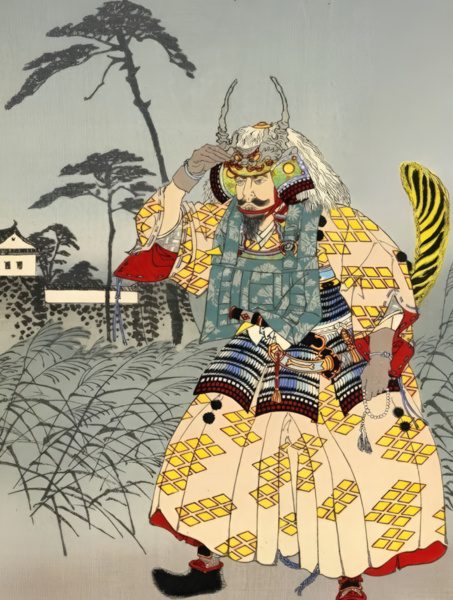
Often known as the “Tiger of Kai’, Takeda Shingen is a leader of the samurai class. He was a samurai warrior that took control of his province, ensuring that the Takeda clan didn’t fade away into obscurity.
One of the strongest samurai leaders, he was said to be a threat to the other samurai giants – Oda Nobunaga, Tokugawa Ieyasu, and especially Uesugi Kenshin with whom he had a rivalry and eventually challenged to a duel.
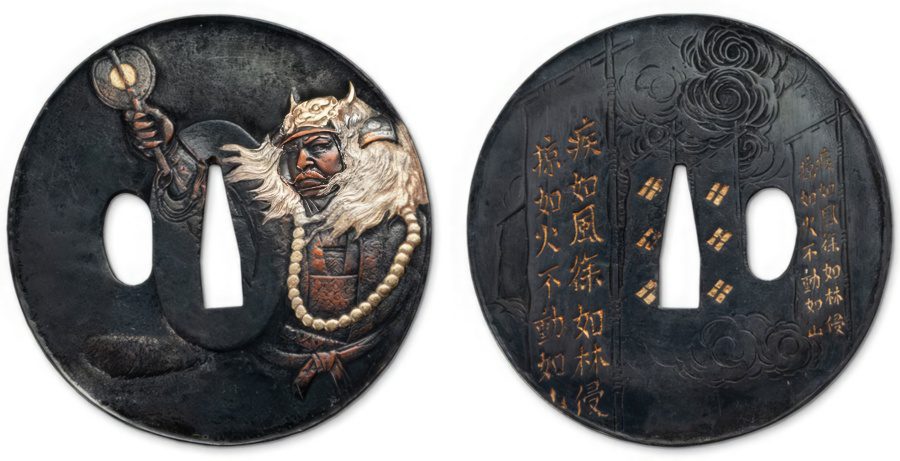
Following Confucian principles and the instructions of Sun Tzu, he is remembered as a military genius and his quote – “Fast as the wind, gentle as the forest, ferocious as fire, and immovable as a mountain.”
Shingen emphasized a cavalry sword strategy and thanks to his unyielding strength, would be the most formidable and terrifying force during the Warring States period, where he played many important roles in many military campaigns and dealt the biggest blow to Iyeasu – Battle of Mikatagahara.
9. Toyotomi Hideyoshi (1537 – 1598)

Toyotomi Hideyoshi is a samurai warrior that used his warrior code to rise through the ranks, from being a peasant to becoming one of the greatest samurai leaders in Japanese history. Thanks to his leadership under the Nobunaga clan, he used his ingenuity to win battles, marking his place in history.
The second great unifier of Japan, Hideyoshi used cunning tactics against his rivals, plot revenge on the enemy, won many battles, and set out on a grand conquest to finish what Oda Nobunaga had started – conquering the whole of Japan.

After accomplishing his goal 1591, Hideyoshi started a “sword hunt” and removed class advancement. This caused Yari soldiers to not be able to become samurai, as well as minimizing the masterless samurai class (ronin) by taking away their weapons. Although Hideyoshi initially strengthened the samurai class, he later left Japan in turmoil after losing two hard-fought wars against Korea known as the Imjin War.
10. Date Masamune (1567 – 1636)
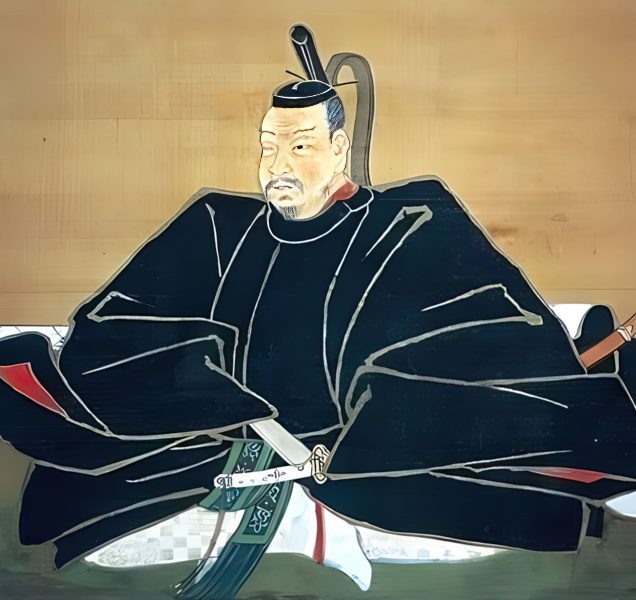
Date Masamune is one of the greatest samurai Japanese swordsmen, thanks to his successful and daring military campaigns that began at the age of 14. Although he lost one of his eyes due to smallpox, this only made him a more intimidating character in the eyes of his adversaries, giving rise to the nickname “The One-Eyed Dragon”.
Masamune was a very loyal samurai, a great quality based on the bushido code or way of the warrior. He took on daring battles including those that were thought to fail, such as the Korean conquests.
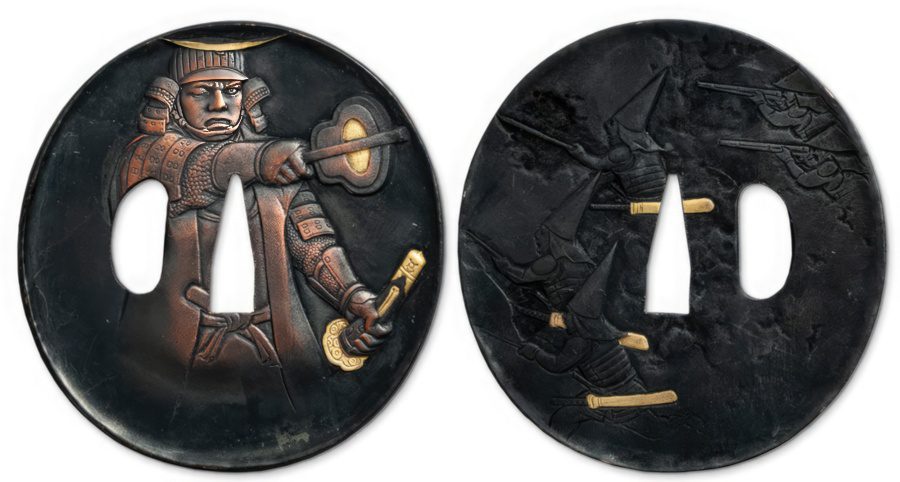
Easily recognizable due to his eye and helmet, his skills were utilized by both Toyotomi Hideyoshi as well as Tokugawa Ieyasu. Besides being highly respected on the battlefield, Masamune was also loved for his respect for others and ethics. He is also remembered for his powerful quote “Rectitude carried to excess hardens into stiffness; benevolence indulged beyond measure sinks into weakness”.




